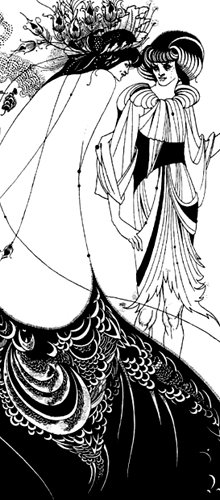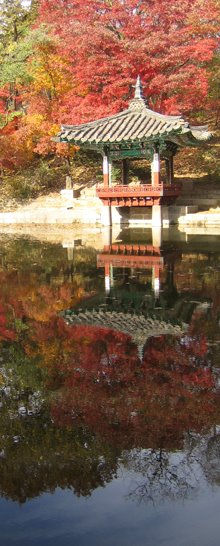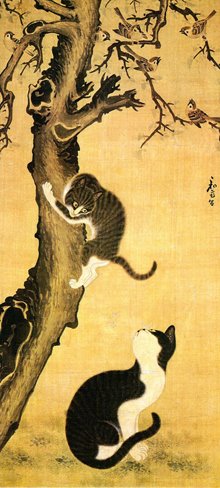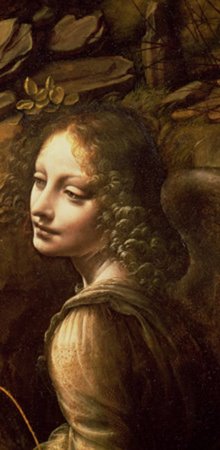




Recently I began to pursue an unique project: recreating Seoul's lost and often neglected architectural history. I chose my medium to be... Legos. :)
The picture above is a postcard dating back to 1920s, showing Seoul during the colonial/modernization period. The first building pictured is today's old Seoul Station (서울역), while the second building is Seoul Central Post Office (서울중앙우체국), which was called before the liberation of Korea from Japanese rule as Keijo Post Office (경성우편국; 京城郵便局). Seoul Station is one of few buildings that survive to this day, while the post office was sadly lost by air raids during the Korean War.
These eclectic western-style buildings were built in the first half of the 20th century to reflect progress and often awe the traditional Korean public by the Japanese. Many Japanese were living in Seoul during the colonial period, and these buildings were meant to serve their needs; this was a time when Korean was forbidden and the Japanese government worked hard to "eradicate" Korean culture.
Perhaps not surprisingly, these colonial yet historic buildings did not survive more than a century; often they were either destroyed during the Korean War or demolished in order to make way for new modern development projects. Most notable demolition happened in 1995, when the former Japanese General Government Building was symbolically demolished in order to restore Gyeongbokgung Palace to its former form. (An irony here is that the Japanese Government building itself was built by the Japanese after systemically demolishing Gyeongbokgung Palace, a symbol of Korea's traditional royal authority)
However, the Korean public today is beginning to realize the historic and cultural importance of buildings created during this painful period. Even the most painful and bitter history is still history worth preserving, and often these buildings served for many decades after Korea's liberation, thus making them endearing to Koreans as well. Many are now active in preserving these historic buildings for future generations, because this act is more meaningful than destroying these buildings and thus losing all memories attached to them.
I loved to play with Legos when I was a child, but stopped playing as I grew older. Recently, though, I rediscovered childish joy (and perhaps nostalgia) of making things when I assembled my Cafe Corner and Eiffel Tower.
Lego Group supplies a freely-downloadable program called Lego Digital Designer (LDD). It allows me to design a virtual Lego building without that much of brick constraints and to even purchase my creations online.
The screenshots of my models of the old Seoul Station and Seoul Central Post Office are shown above. Neither of these models are currently finished because my laptop (MacBook) does not let me to add more by freezing and showing error messages. I think this is due to my laptop's inherent weak graphic card. :(
Still, I had a wonderful time designing and assembling my models. It was a tedious and tiresome process, for I had to constantly compare my collected photos of these buildings with my models and rethink ways of assembling Legos; but in the end, I am quite satisfied with my creations. Now I can actually see these buildings in three dimensions instead of just two with my computer, and can even dream of owning one.
This project is still not finished, and I probably will continue with a different computer in the future. :)
Legos are just amazing in their flexibility. I love them.






